We all as kids have read the Greek myths. Aphrodite appearing from the sea foam, Icarus daring to fly like a bird, Athena appearing from the head of Zeus, Hercules fulfilling his 12 tasks… all of these and many more are part of our culture and history. Greece is the cradle of the European civilisation. The birthplace of theater, opera and the Olympic Games. The birthplace of trigonometry, geometry and arithmetic. The reference point for architecture and democracy. All of this remains abstract, if you only learn it at school. In order to feel it, in order to fully understand it, you have to go there. You have to be there to see and to understand why is the Greek culture so important to us living in the 21st century.
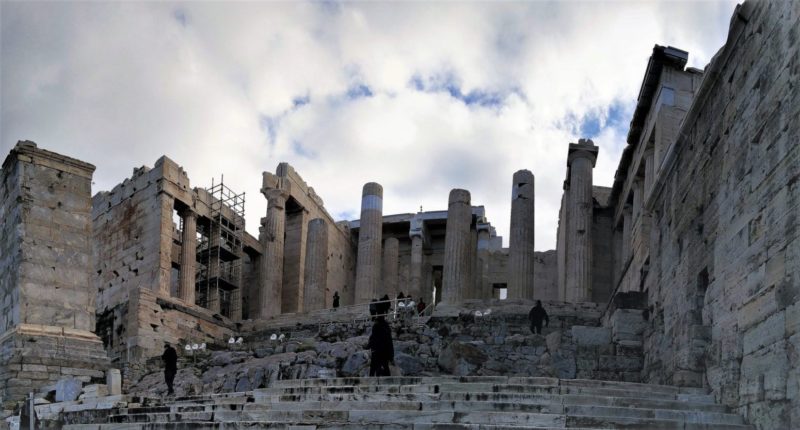
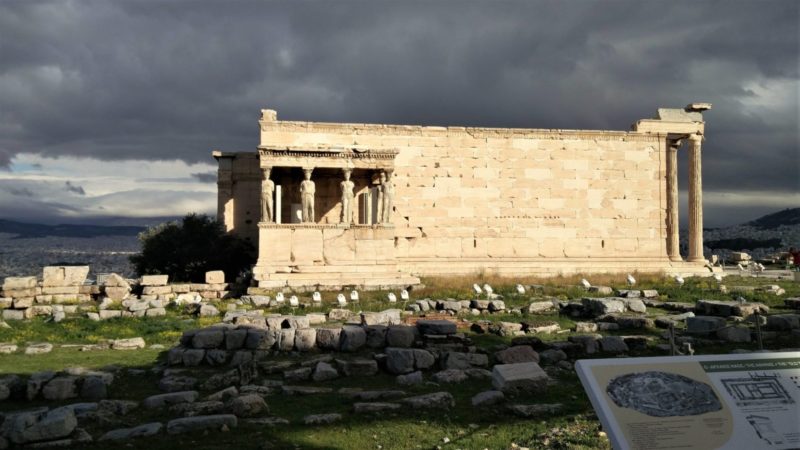

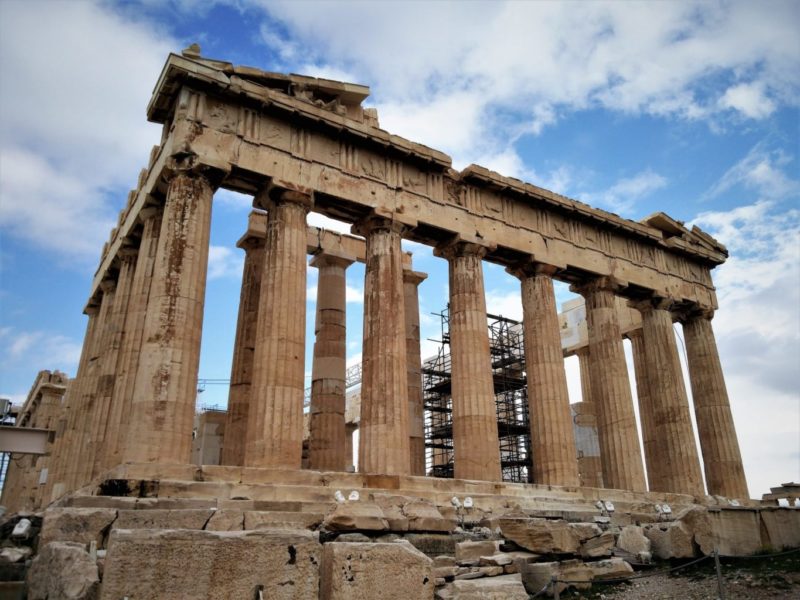

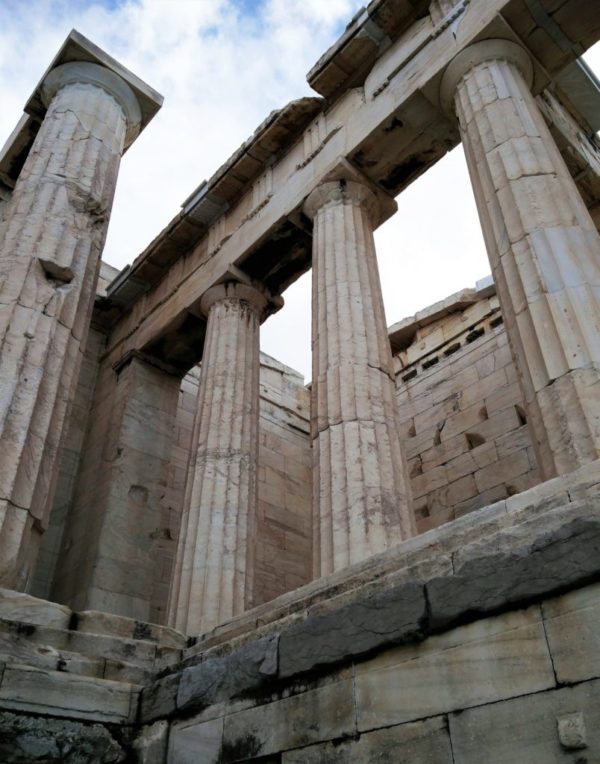

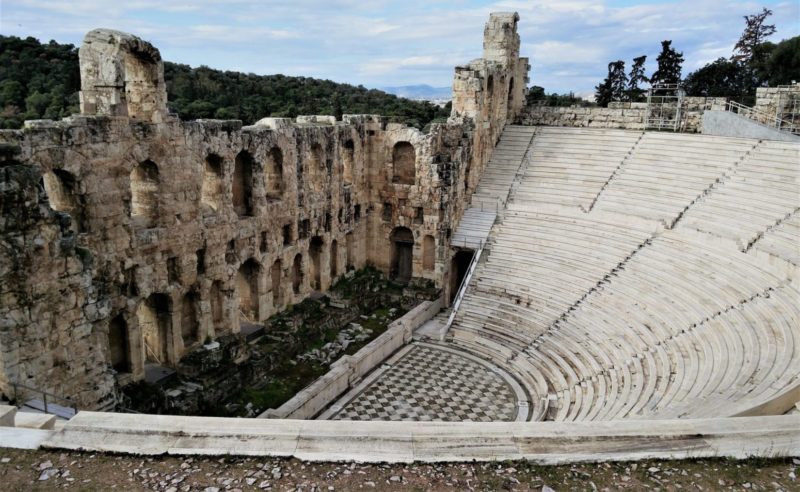
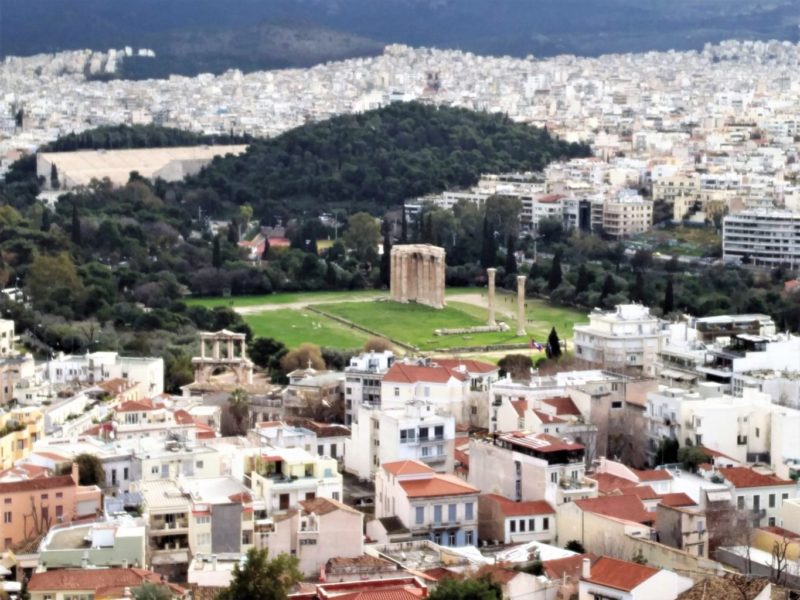

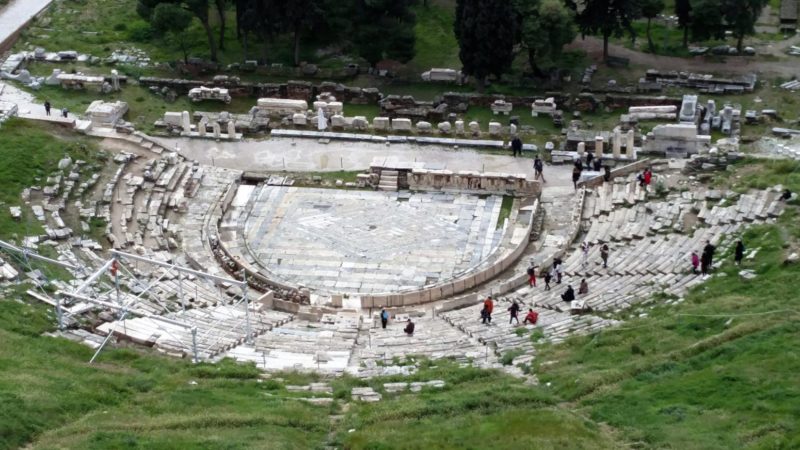
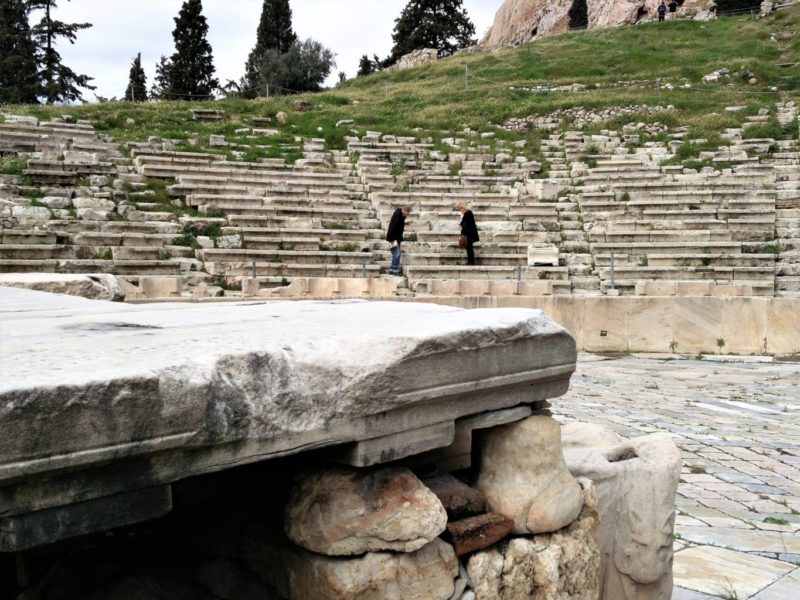


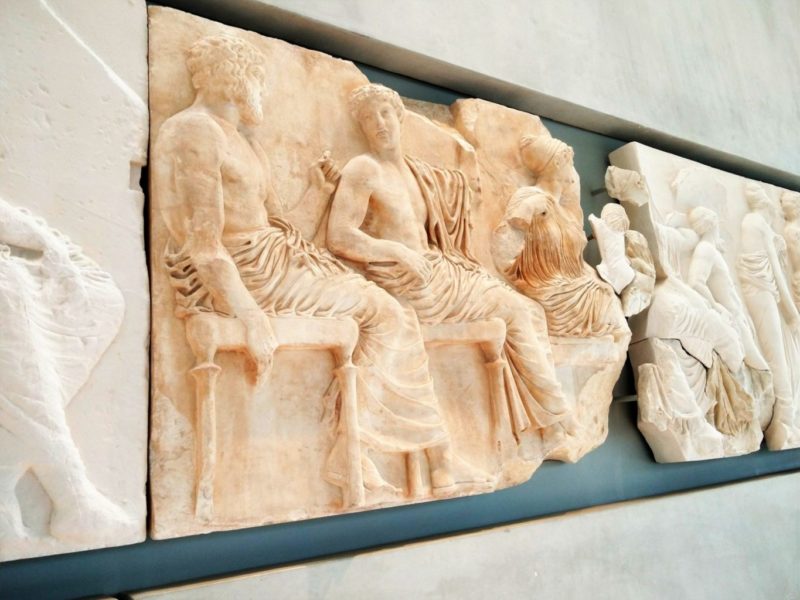



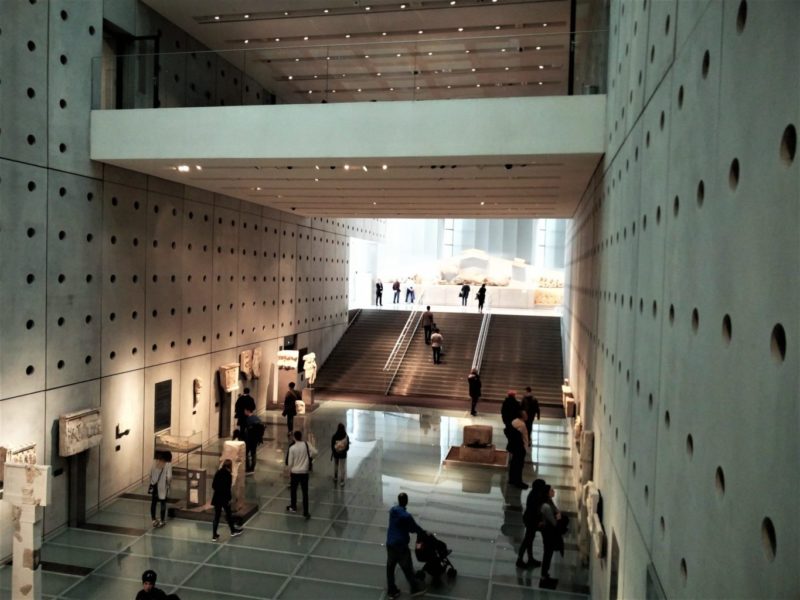


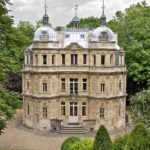
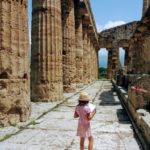
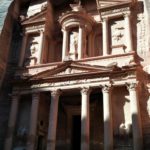

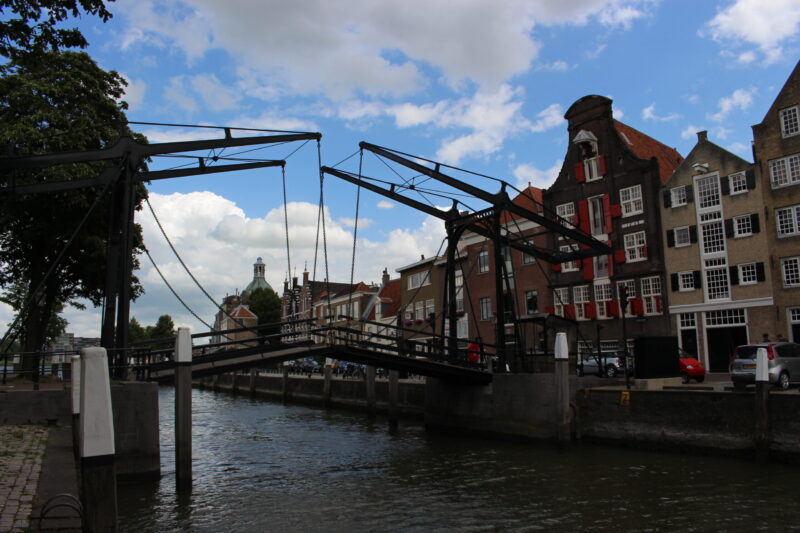
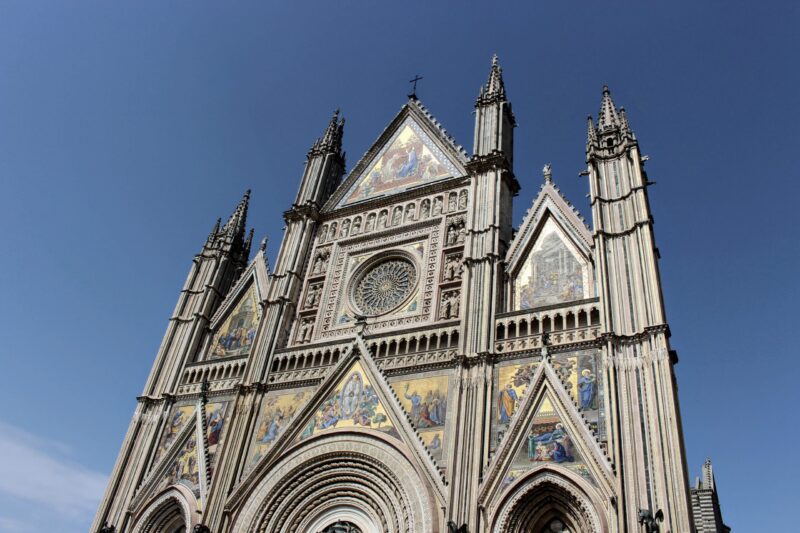
Good write-up, I am regular visitor of one’s web site, maintain up the excellent operate, and It is going to be a regular visitor for a lengthy time.